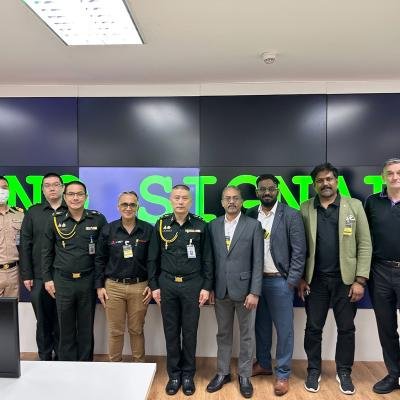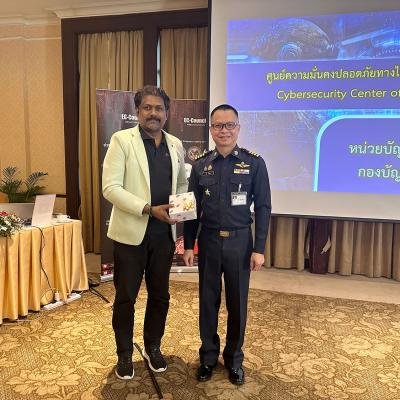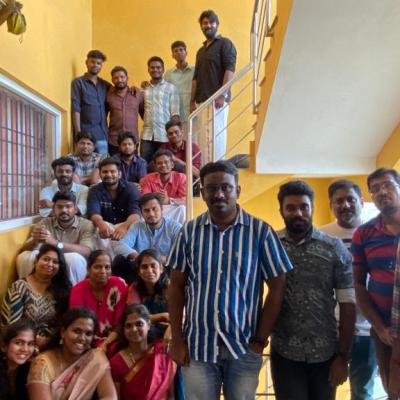Did you know that over 60% of successful cyberattacks exploit unpatched software vulnerabilities?
This sobering fact underscores the urgency behind Microsoft’s latest emergency patch addressing a critical zero-day vulnerability—CVE-2025-XXXX—a flaw that has already been actively exploited in the wild.
Zero-day vulnerabilities are among the most feared by security professionals. They are flaws unknown to the software vendor and have no official fix at the time of discovery—giving attackers a dangerous head start. When a zero-day is found being actively exploited, the stakes become even higher. That’s what makes Microsoft’s out-of-band patch release in July 2025 so significant.
At DigiAlert, we’ve observed a 40% year-over-year increase in active zero-day exploitation attempts across enterprise networks globally. This confirms what many in cybersecurity already feel: we’re in the midst of an era of aggressive vulnerability exploitation, and merely reacting after threats emerge is no longer sufficient.
What Is CVE-2025-XXXX? A Critical Zero-Day in Windows
The recently disclosed vulnerability, CVE-2025-XXXX, affects a wide range of Windows OS and Server editions. According to Microsoft’s advisory, the flaw allows for privilege escalation, which could enable a threat actor to take complete control over a compromised machine—executing arbitrary code, accessing sensitive data, deploying ransomware, or pivoting laterally within the network.
What makes this zero-day even more dangerous is its confirmed exploitation in the wild. Microsoft has acknowledged that attackers are already using this vulnerability in targeted attacks, making this patch a top priority for all organizations.
Why This Patch Is More Than Just a Fix
While emergency patches are not new in the cybersecurity landscape, this one is a clear warning about the limitations of current patching strategies and the evolving sophistication of threat actors.
1. It’s Critically Severe
Microsoft assigned the highest severity rating to this vulnerability. It affects not only individual workstations but also critical infrastructure systems, cloud servers, and domain controllers. The potential damage from this flaw includes:
- Full system takeover
- Installation of ransomware
- Credential harvesting
- Lateral movement across enterprise networks
In today’s interconnected environment, even one vulnerable endpoint can jeopardize an entire organization.
2. It’s Being Exploited Now
Unlike hypothetical risks, CVE-2025-XXXX is already being weaponized. Microsoft Threat Intelligence confirmed evidence of targeted attacks leveraging this vulnerability. These are not proof-of-concept demonstrations—they’re real attacks happening in real time.
A single exploit can bypass traditional endpoint protections, making the time to patch a critical variable. According to IBM’s 2024 Cost of a Data Breach Report, the average breach now costs over $4.5 million, with incidents involving unpatched vulnerabilities taking on average 280 days to identify and contain.
3. Patch Tuesday Isn’t Enough
Microsoft’s regular Patch Tuesday cycle is essential, but it’s no longer sufficient. Threat actors don’t wait for scheduled updates. They hunt continuously, seeking new openings and deploying zero-days at scale. Organizations that rely solely on monthly patching are inherently lagging behind attackers.
At DigiAlert, our analysis of over 1,200 security incidents in the past year shows that 71% of exploited vulnerabilities occurred between patch cycles. This gap highlights the need for a continuous vulnerability management strategy.
The Bigger Picture: A Surge in Zero-Day Exploits
The CVE-2025-XXXX case is not an isolated incident. According to Mandiant’s 2025 mid-year threat landscape report:
- 68 zero-day vulnerabilities were exploited globally in the first six months of 2025.
- China-linked and ransomware groups were the top exploiters.
- 25% of zero-days targeted Windows environments.
From MOVEit, Fortinet, to Chrome, no platform has remained untouched. The increasing commoditization of exploit kits on the dark web means even less-skilled attackers can now launch high-impact intrusions.
DigiAlert’s Frontline Insight: Reactive Is Not Resilient
- At DigiAlert, we continuously monitor and respond to threat activity across industries, including finance, healthcare, manufacturing, and critical infrastructure. In 2024-2025, we recorded:
- A 70% reduction in breach impact when organizations had real-time vulnerability monitoring in place.
- A 42% higher detection rate in companies with active threat-hunting teams.
- A 37% faster remediation time when leveraging threat intelligence feeds integrated with SIEM/SOAR tools.
These numbers are not abstract. They represent real-world defenses that make the difference between a close call and a major incident.
Key Steps Every Organization Should Take
Given the severity of CVE-2025-XXXX and the broader trend in zero-day threats, every business should act swiftly and strategically.
1. Patch Immediately
Deploy Microsoft’s emergency update across all endpoints, virtual machines, and servers. Do not delay—even a 24-hour window can be exploited.
2. Verify Patch Coverage
Use endpoint detection tools or vulnerability management platforms (like Qualys, Tenable, or Rapid7) to ensure complete patch deployment. Partial patching is as risky as no patching.
3. Enable Behavioral Detection
Deploy solutions that use AI-based anomaly detection to spot unusual behavior—even from trusted processes. CVE-2025-XXXX allows attackers to “blend in” with system processes.
4. Review Privileged Accounts
Since this zero-day enables privilege escalation, now is the time to audit Active Directory, limit admin privileges, and enforce least-privilege access models.
5. Proactive Threat Intelligence
Work with a cybersecurity partner like DigiAlert to monitor for exploit indicators, detect suspicious behavior, and respond before the attacker moves laterally.
The Human Factor: Don’t Forget Your Team
Zero-day mitigation isn’t just about tools and updates. It's also about people.
- Conduct security awareness training focusing on phishing, which often precedes exploitation.
- Run tabletop incident response exercises simulating zero-day scenarios.
- Ensure all departments—from IT to compliance—understand the urgency of emergency patches.
Looking Ahead: The Future of Zero-Day Defense
The evolving threat landscape requires a proactive mindset shift. Organizations can no longer wait for vendors to release patches or hope that their firewalls catch every threat.
At DigiAlert, we advocate for:
- Continuous vulnerability management
- 24/7 threat intelligence integration
- Real-time response and remediation
- Red team exercises to simulate unknown exploits
- Threat modeling and attack surface management
As zero-days grow more prevalent, these practices will define the resilience of tomorrow’s enterprises.
Final Thought: Is Your Organization Resilient or Just Lucky?
CVE-2025-XXXX is a powerful reminder: cybersecurity is no longer about reacting—it’s about anticipating. Zero-days won’t disappear, but your business doesn’t have to be their next victim.
Patch fast. Monitor continuously. Harden your systems and processes now—not after an incident.
Follow DigiAlert and VinodSenthil for expert cybersecurity insights, zero-day threat breakdowns, and strategies to future-proof your digital infrastructure.
Let’s build a secure digital future—together.







